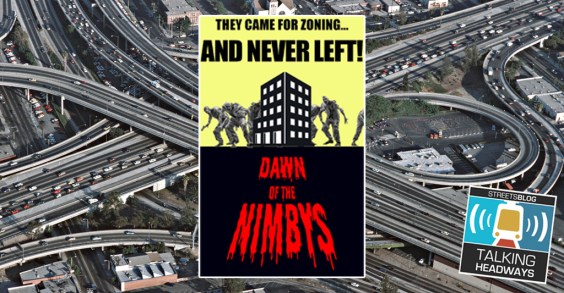When is a map worth a thousand words? Bill Rankin, who maintains a website called Radical Cartography, has generated buzz with his racial and income maps of Chicago, which can test stereotypes Chicagoans have about the boundaries of their neighborhoods.
Rankin notes, for instance, that the boundaries of neighborhoods are always drawn as stark lines on informational maps, yet people in cities traversing their communities don't always delineate the end of their neighborhood by the same streets (some streets, like Houston Street in New York City or Cesar Chavez Street in San Francisco, however, tend to mark a consensus change in neighborhood for those living near them).
Rankin found when he used dot mapping (one dot represents 25 people, for instance), the demographics can both reinforce those boundaries and blur them.
"There are indeed areas where changes take place at very precise boundaries… and Chicago has more of these stark borders than most cities in the world," writes Rankin on his website. "But transitions also take place through gradients and gaps as well, especially in the northwest and southeast. Using graphic conventions which allow these other possibilities to appear takes much more data, and requires more nuance in the way we talk about urban geography, but a cartography without boundaries can also make simplistic policy or urban design more difficult — in a good way."
Those familiar with Chicago will enjoy studying his maps, but Eric Fischer has taken the project further and has expanded the maps to include the 40 most populous cities in the country. The results are engrossing.
New York City has highly integrated neighborhoods, like Flushing, Queens, but also tremendously stratified ones, like East New York or the Upper East Side. San Francisco seems overall less racially divided than New York City, but sections of Oakland show much greater integration than San Francisco. One of the more stunning maps is Detroit, where the the border of black and white neighborhoods is stark (I think Eminem made a movie capitalizing on that).
Were you surprised by any of these? Tell us about it in the comments. H/T fastcodesign.com










